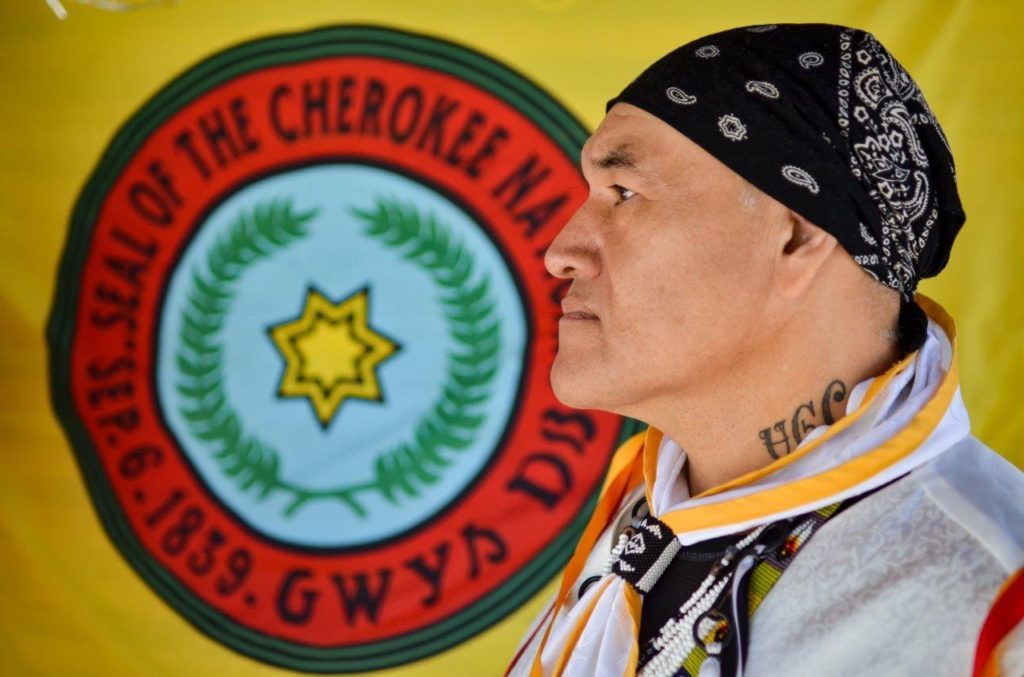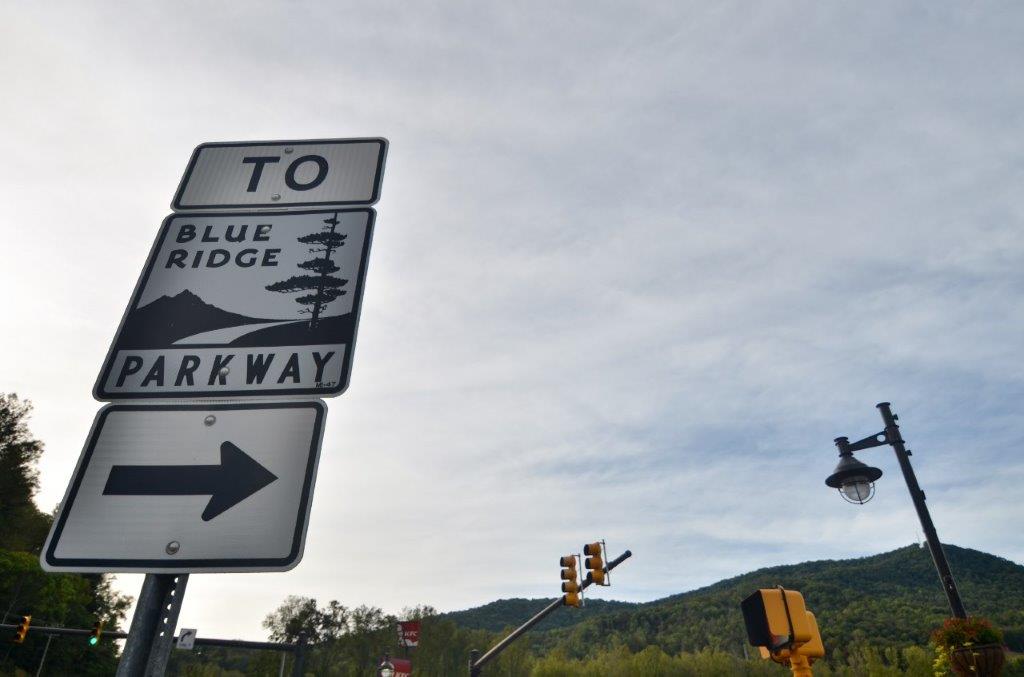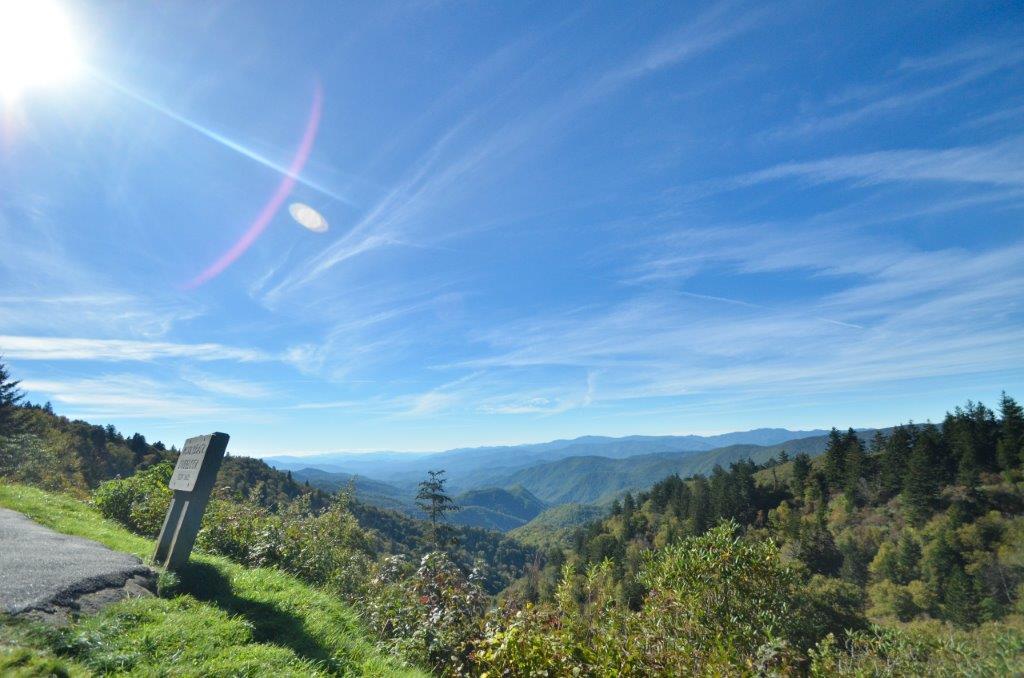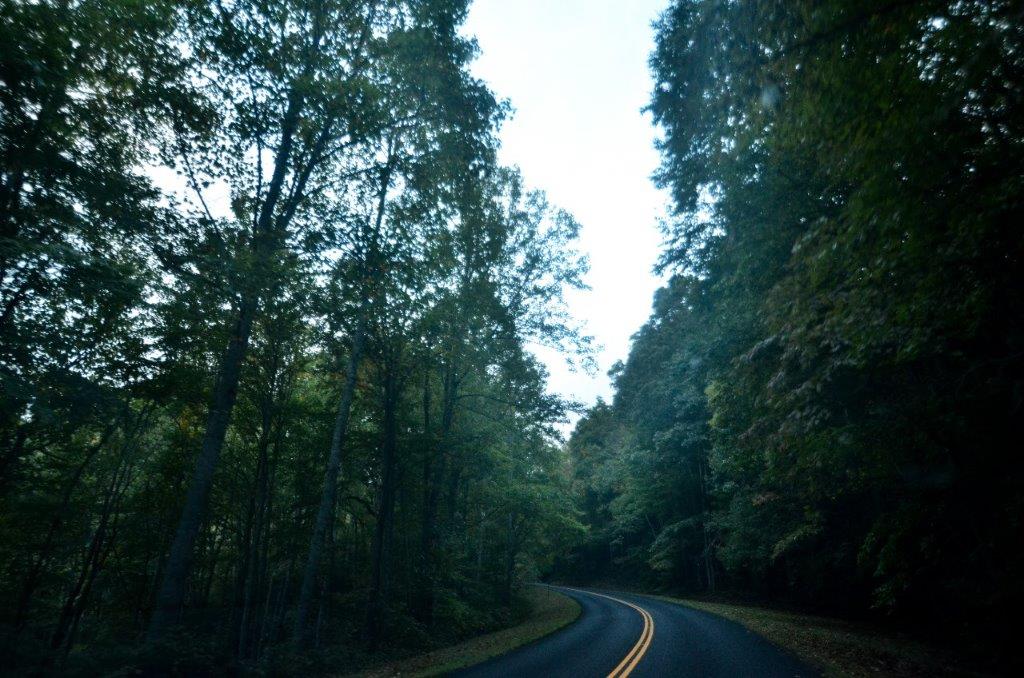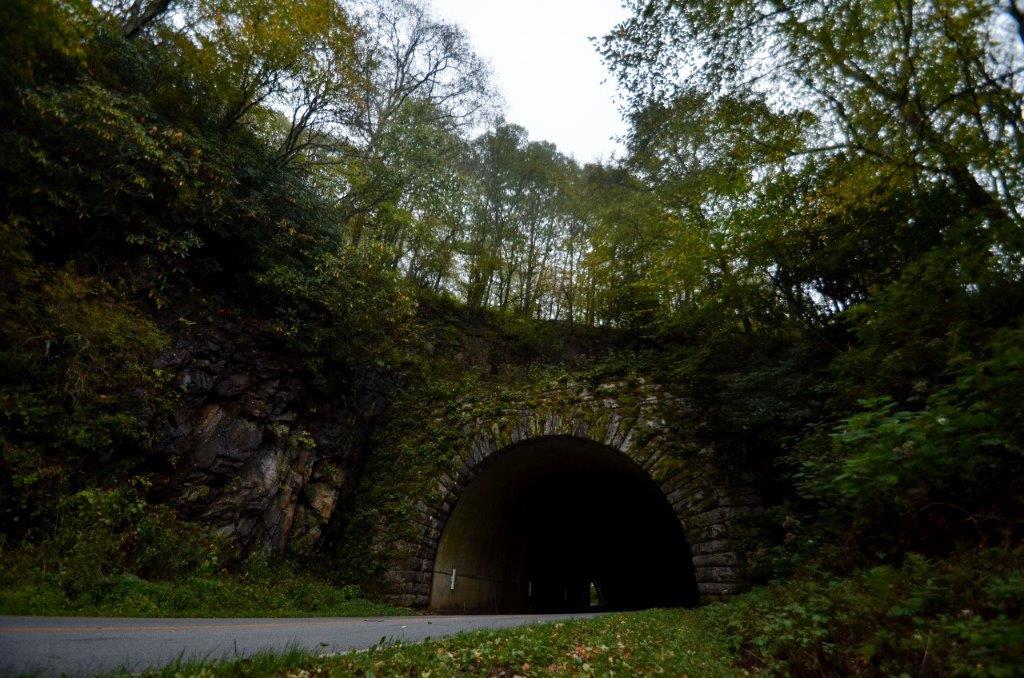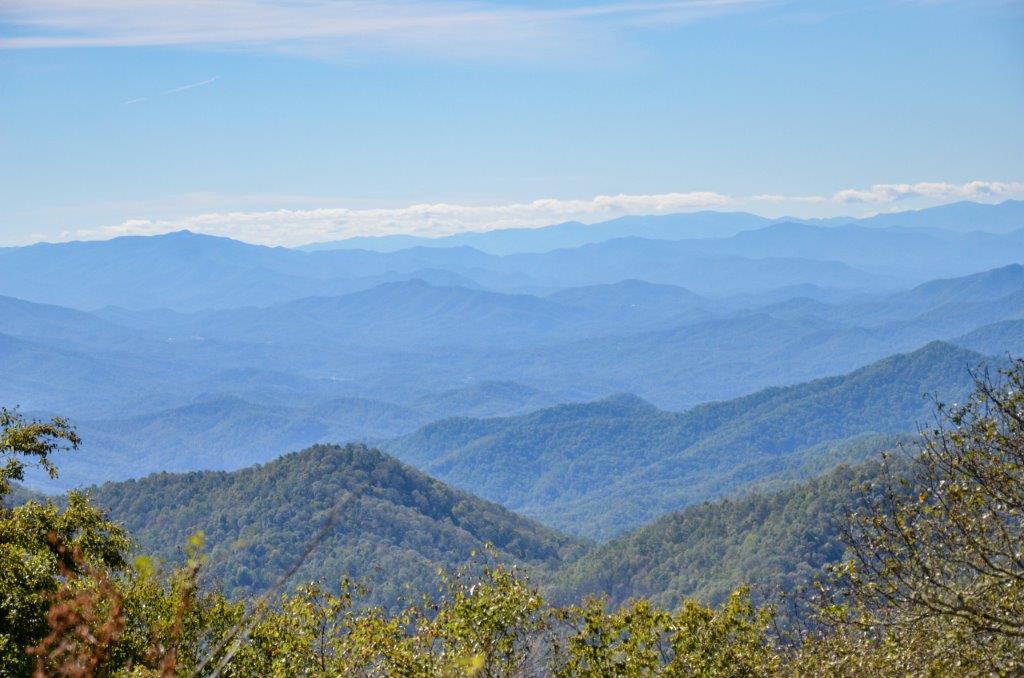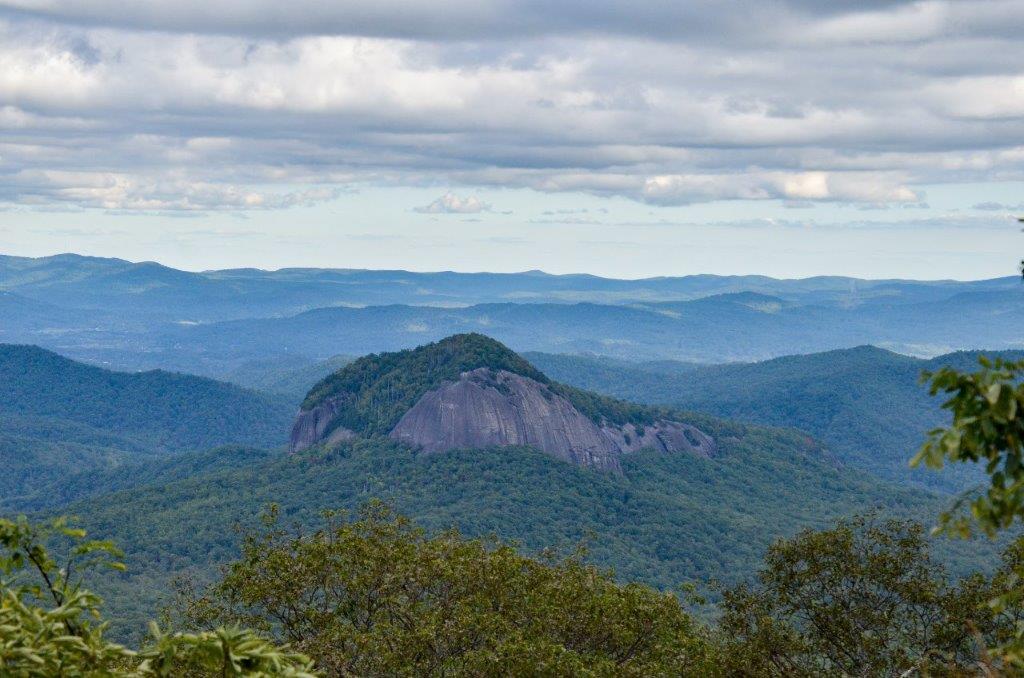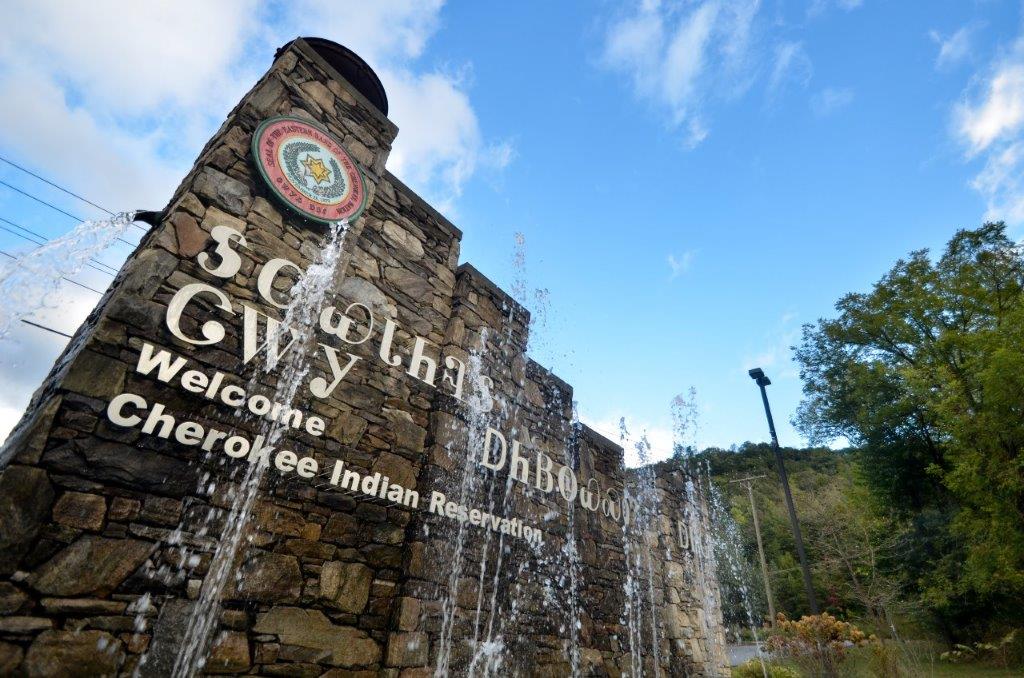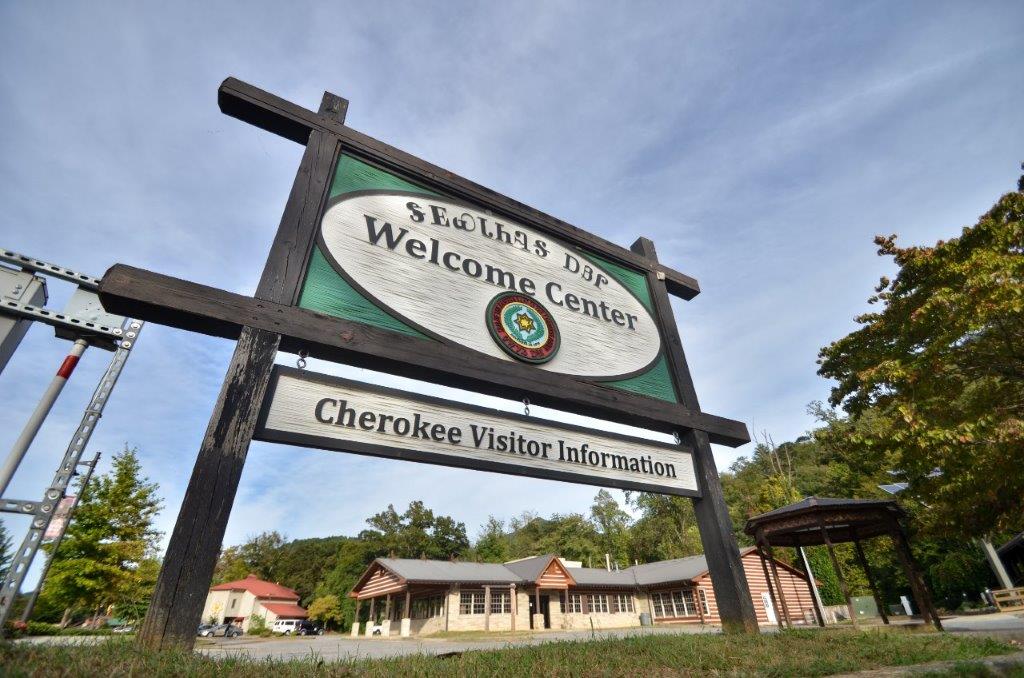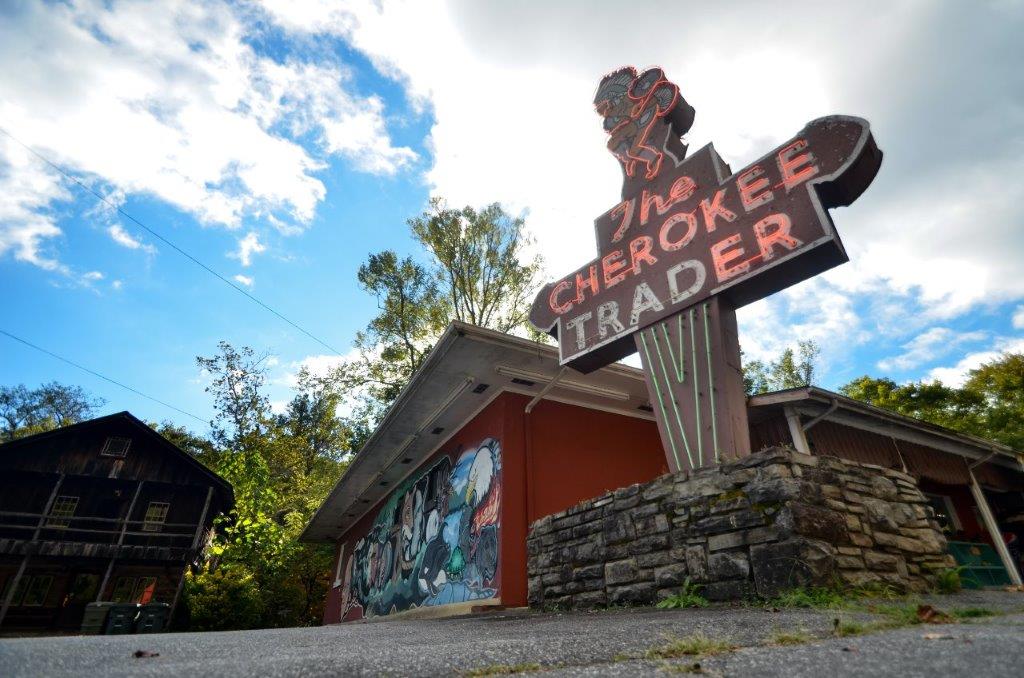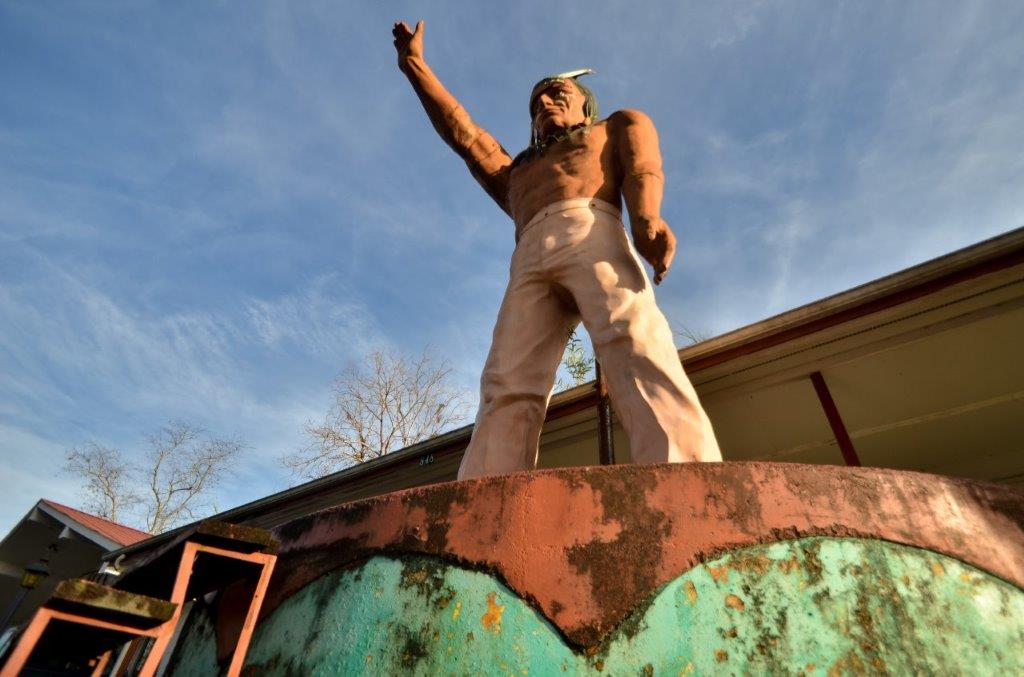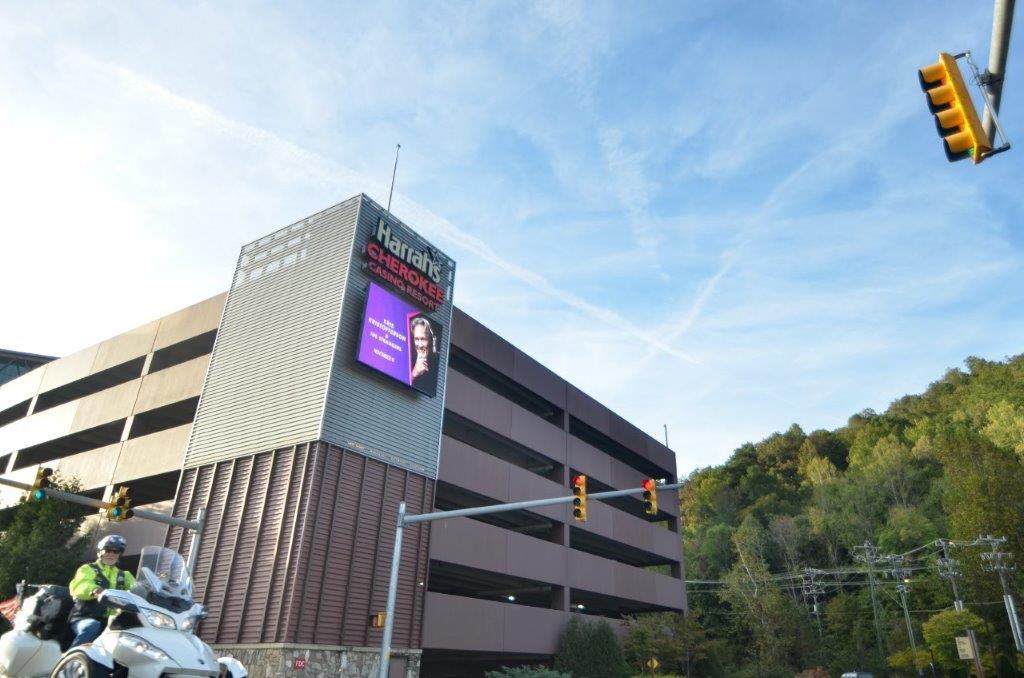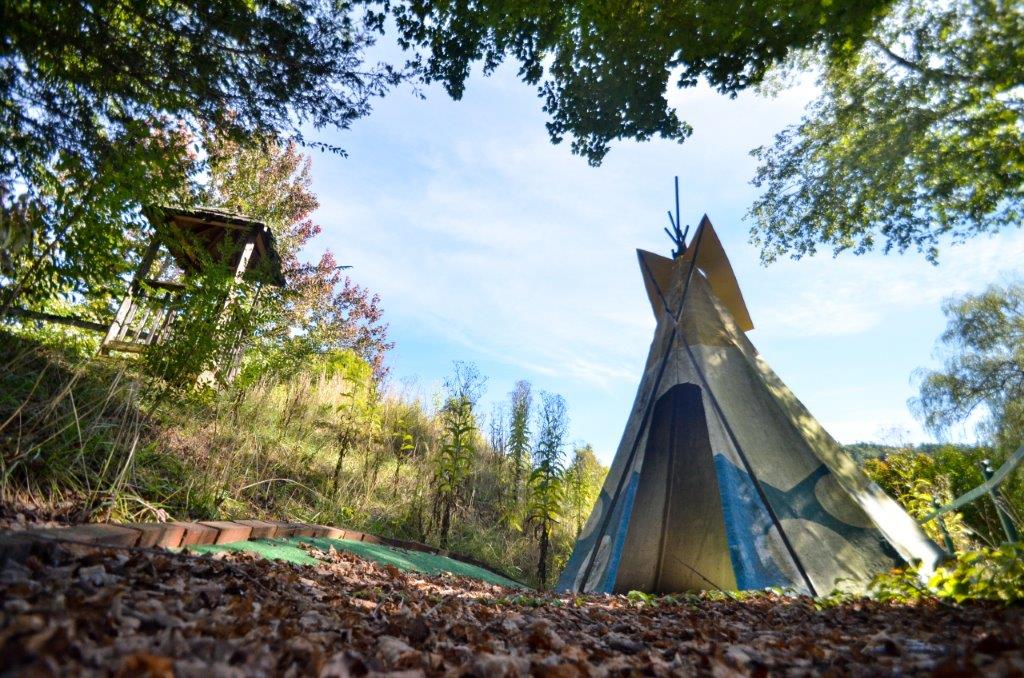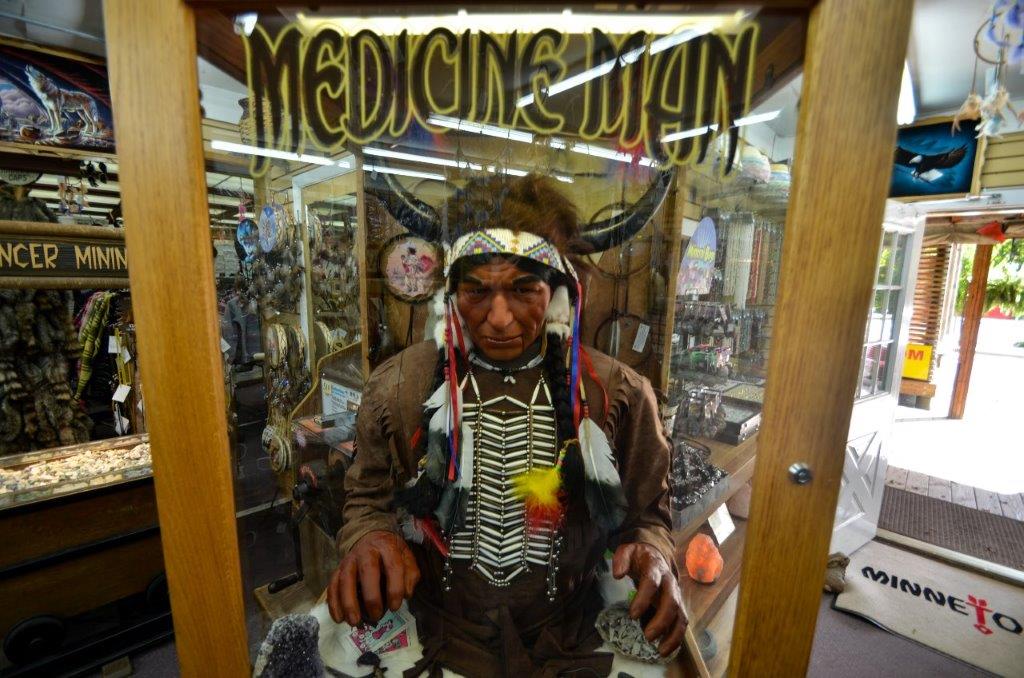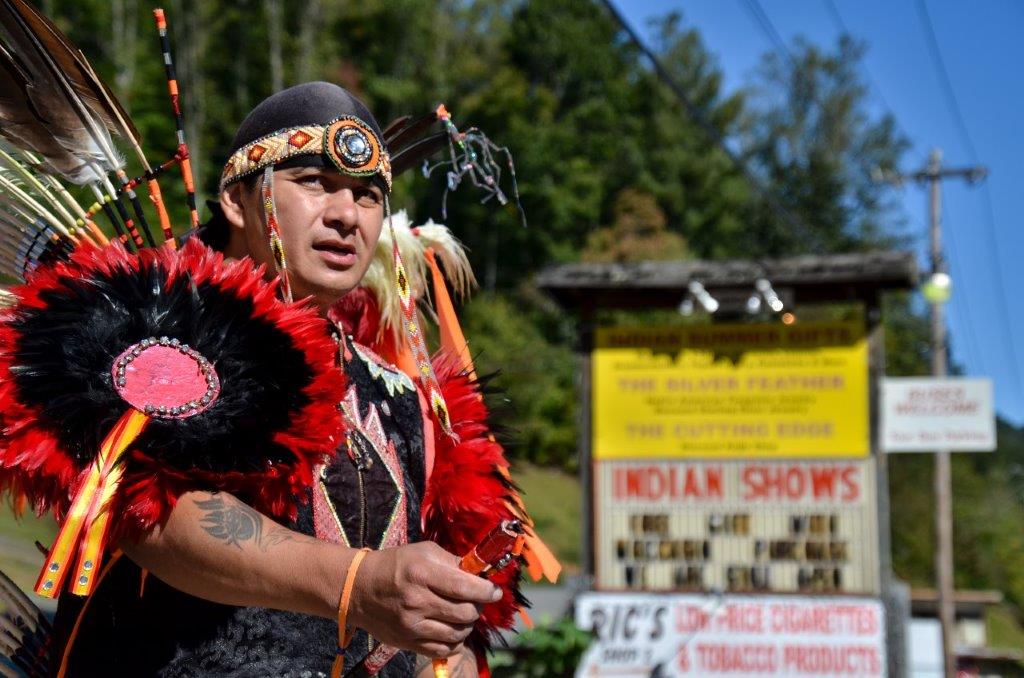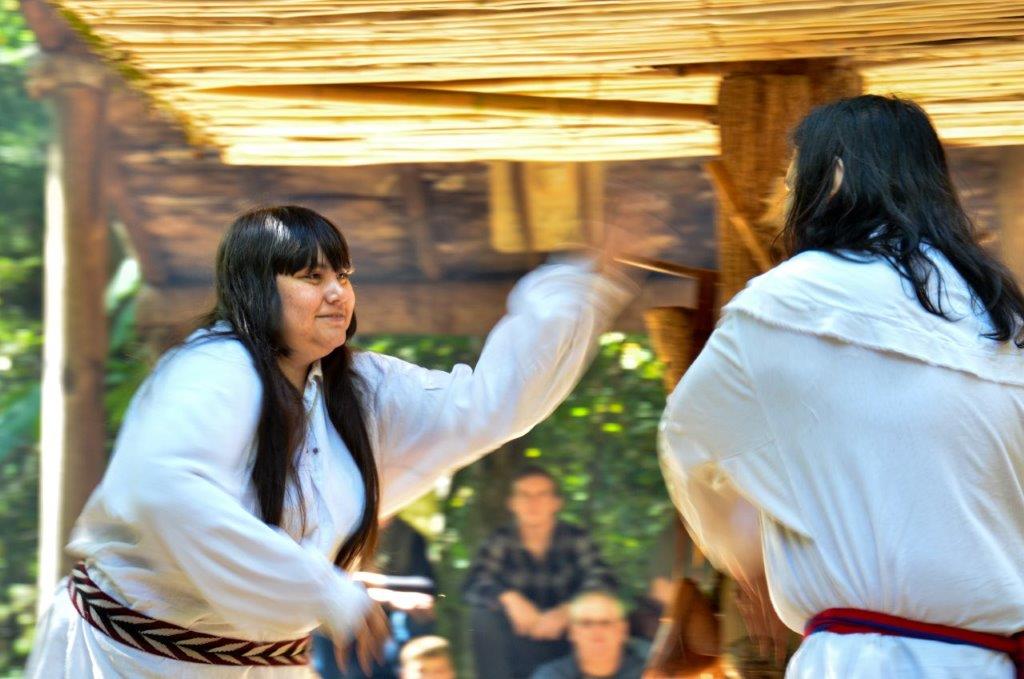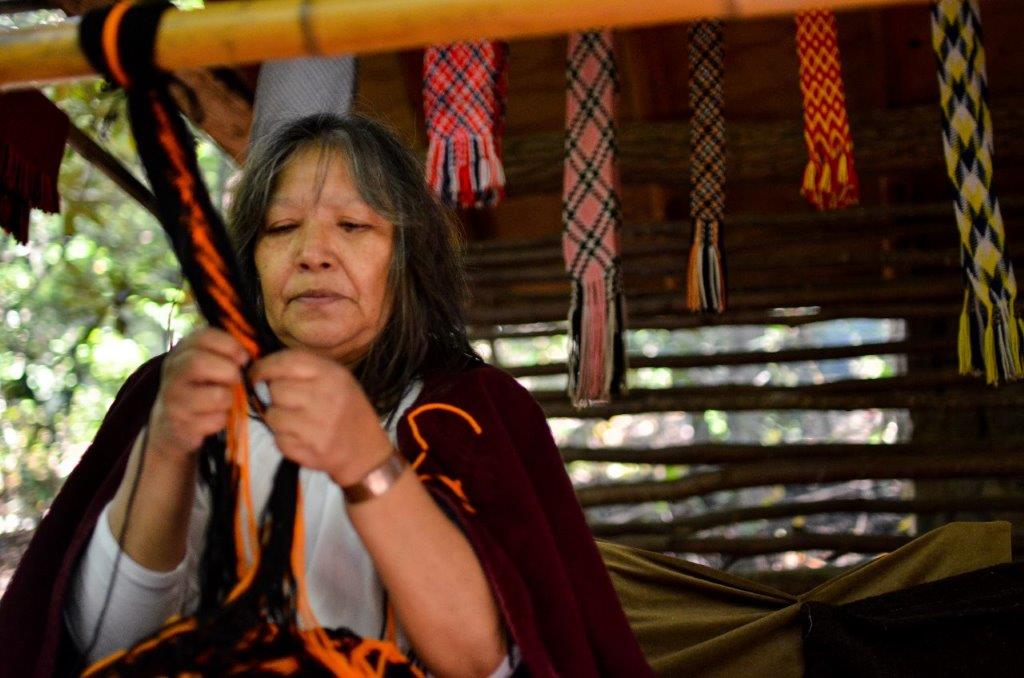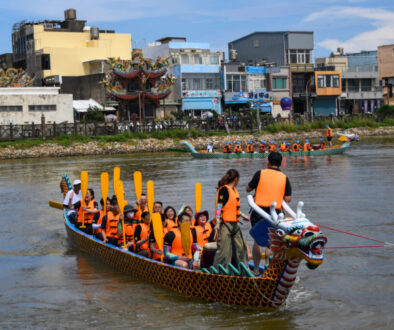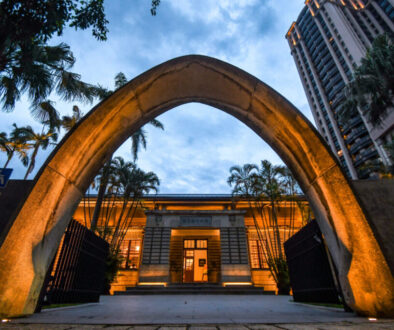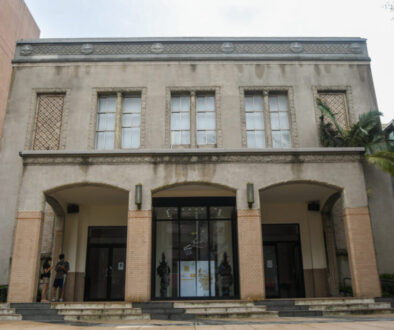Traveling to the Land of the Cherokee
Driving On The Blue Ridge Parkway
When the state of North Carolina comes to mind there is only one destination which attracts more tourists from around the world than any other. Although blessed with bountiful amounts of natural beauty, the Blue Ridge Parkway is the only attraction which pulls in large groups of foreign tourists. Especially during the autumn months, the forest fades into a sea of orange and red making the Carolina mountains one of the most beautiful places in the country to experience the changing of the seasons. The unfortunate thing is that with so many local and international tourists all traveling with high hopes to see the fall colors, many people may be left disappointed. There are many factors which determine when the leaves will change into their vibrant autumn hues. Elevation, temperature, and weather all have a direct effect on whether or not tourists will look out on the Blue Ridge Mountains being mixed in with shades of orange. More recently, the Hurricanes have also had a devastating impact on the forests in North Carolina, further pushing back the time when the leaves will finally change. Regardless if the trees are a rich crimson or brilliant green, traveling along the Blue Ridge Parkway in the ancient Appalachian Mountains is still a breathtaking journey no matter the color of the leaves.
You can read more about the Blue Ridge Mountains here!
A Highway Deep in the Appalachian Mountains
As part of Roosevelt’s New Deal during the Great Depression, many public works projects went underway in order to help pull the common man out of unemployment and revive the shattered economy. Such projects like the Hoover Dam and Lincoln Tunnel are today revered as engineering marvels and represent the spirit of the American people. These New Deal Public Works projects also brought about the creation of the Blue Ridge Parkway, America’s largest linear national park stretching 469 miles (755km) through North Carolina and Virginia. This ambitious project broke ground in 1935 and was not finished until 1966, taking a total of 52 years to complete. Since its completion, the Blue Ridge Parkway has yearly been named the country’s most visited National Park, with only a few exceptions. The parkway winds and turns along the spine of the Appalachian mountains, traveling deep into the American wilderness. Tourists drive through moss covered tunnels and gaze out from sharp cliffs overlooking the vast mountainous landscape below.
In the early morning, the clouds hang low acting as a curtain covering the valleys and gorges surrounding the Blue Ridge Mountains. Even though it was impossible to take in the full magnitude of the scenery from the overlooks, the roads shrouded in mist gave the woods a dark eerie feeling as if cruising along mountain roads in a horror film. It wasn’t until noon when the blanket of mist finally yielded, revealing the bluish hues of the Smoky Mountains. Even though the trees were still a lush emerald color in mid-October, it did not take away from the magnificent beauty of the Blue Ridge Mountains. To drive the full length of the highway would take anywhere around 12-16 hours, not taking into account stops to look out over the mountains. A popular alternative in North Carolina would be to start from Cherokee and drive up to the college town of Asheville, taking only about 3-4 hours.
Also be sure to check out America’s most famous hike, the Appalachian Trail!
Welcome to Cherokee
In the heart of the Blue Ridge Mountains is the Eastern Band Cherokee Reservation. Today, there are three different Cherokee Reservations in the United States, two in Oklahoma and one in North Carolina. Originally the Cherokee people were located in the mountainous regions of Tennessee, Georgia, and the Carolinas. Under Andrew Jackon’s presidency, he saw to the unlawful relocation of these people to foreign lands in Oklahoma, also known as the infamous Trail of Tears which killed over 4,000 Cherokee. Small enclaves of Native people resisted the federal government, hiding in more remote areas of the mountains and launching guerrilla attacks.
The vast majority of people that make up the Cherokee Reservation today were actually able to stay on their land because of their Principal Chief’s European American son, William Hollan Thomas who was able to strike a deal with the federal government securing the safety of around 800 Native people. The reservation was not actually land given to the Cherokee by the United States government but bought as a land trust and supervised by the Bureau of Indian Affairs.
You can read more about the Cherokee people here!
The Tacky Roadside Shops
The first thing one will notice when riding into Cherokee is the vintage road signs and tacky roadside shops selling a large selection of trinkets and souvenirs. The downtown itself almost looks as if it was a stop off of the iconic Route 66, with its outlandish statues and neon signs. The imagery used by these roadside stores does not even reflect traditional Cherokee culture, but rather incorporate elements from the tribes of the Great Plains. The reason behind this is to appeal to the famous “Cowboys and Indians” stereotype to bring in more customers. A portion of these shops are not even owned by Cherokee people, but by outsiders who lease the property thus further distancing the shops from the locals. Not all of the shops sell vulgar ill-fitting t-shirts and cheap plastic knick-knacks, there are a few select shops which actually sell handmade work made my local Cherokee people. The best place to support local artists is at the Islands Park Art Market, where you can find many artisans selling their jewelry and crafts.
Resorting to Casinos
It is common knowledge that many reservations throughout the United States rely on the money coming from casinos to support its people. Many federally recognized tribes within the United States adhere to their own laws and regulations on their land, thus allowing these small gambling retreats to pop up around the country. Without the money coming in from the casinos, people living on reservations would have few sources of income. With the revenue coming in through the casino, the Cherokee people are able to fund their schools, hospitals, and provide services to their own people which includes free housing and an average 6,000 USD stipend every year. Other than the casino, the Blue Ridge Parkway, hiking trails, and museums make tourism the largest industry for Cherokee.
For more information about Harrah’s Casino click here!
Roadside Indian Shows
When driving down the main street seeing the rows of shops with signs with classical Indian names such as Golden Eagle, Pow Wow, and The Black Bear, there are also several stages advertising “Indian Shows”. At one of these are the performers Joshua Squarial and Michael who daily do traditional dances for tips. They acknowledged that the dress which they wear during performances is not from their own Cherokee people, but from the Plains Indians commonly shown in Westerns to attract tourists. Even though the dress has no relevance to their people, the dance and music is something that they still hold sacred. The drum, for example, should under no circumstance be touched by anyone who is not apart of the tribe. The drum, when played makes the very sound of the beating heart of the Cherokee people. Growing up Joshua explained that tourists would yell out stereotypical whooping as they drove by. Even leaving the reservation to go to the supermarket was difficult due to the prejudice they faced. Things are getting better however, people are gradually becoming more aware of the differences in Native culture, and are able to recognize the insensitive generalization being made about the American Indian Tribes. For the time being, locals still have to rely on the “Cowboys and Indians” cliche to reach out to tourists. Hopefully, there will come a time where the Cherokee can promote their own culture without having to play on outsiders ignorance to advertise their business, the choice is ultimately up to the outside population.
You can read about traditional Cherokee clothing here!
A Living History
In the cultural center of Cherokee lays the various art, history and living museums of the Native people. This is truly the soul of the town of Cherokee, standing alone away from the restaurants and tourist traps. The Oconaluftee Indian living history museum is a mock village where tourists can get an idea of what life was like for the Cherokee during the 19th and 18th centuries. They provide guided tours of the village as well as two daily performances which showcases traditional Cherokee dance. Although informative, the museum does lack a certain spiritual energy. The museum’s purpose is to educate outsiders, and while important, it does not hold any emotional or spiritual connection for the Cherokee working there. As a traveler or one that wishes to truly understand a people’s culture, it is more meaningful to see an event which holds a special place in the hearts of those partaking. This is difficult to witness in many Native American tribes since their culture is still in the process of being revived. To truly be immersed amongst Cherokee traditions, one would have to attend their yearly powwows or other cultural events held on the reservation. For Americans, it is crucial to recognize the genocide which was waged against the Native people of this land. The Native American’s were and still are the rightful owners of this country and sadly have never been given proper compensation for their loss. The least that we can do as tourists is support the revival of Cherokee culture and the Cherokee spirit.
Be sure to check out the Cherokee drama Unto These Hills.

